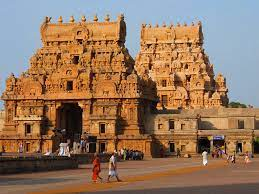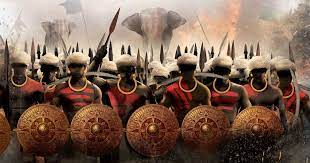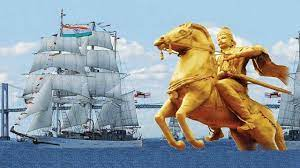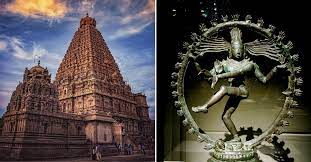THE CHOLA DYNASTY EPISODE -3 EMPERORS OF INDIA
The Chola Dynasty, one of the most illustrious dynasties in the history of South India, thrived from the 9th to the 13th centuries. Renowned for their military might, administrative efficiency, maritime trade, and cultural achievements, the Cholas left an indelible impact on the political, social, and artistic landscape of the time.
Origins and Rise to Power:
The origins of the Chola Dynasty can be traced back to the early centuries CE when they served as a vassal state under the Pallava Dynasty. However, they gradually gained power and influence, emerging as an independent kingdom in the 9th century. King Vijayalaya Chola played a pivotal role in establishing the Chola Empire, while his successor, Aditya I, expanded its territorial boundaries.
Administration and Governance:
The Chola Dynasty was characterized by an efficient and well-organized administrative system. They implemented a decentralized system of local self-government known as the urar, which ensured effective governance at the grassroots level. The empire was divided into provinces, each governed by a viceroy called the Naduvalan. The Cholas also maintained a strong central administration with ministers and officials responsible for revenue collection, justice, and defense.
Military Might: The Cholas were renowned for their military prowess and expansionist policies. They conducted numerous successful military campaigns, subduing rival dynasties and extending their territorial influence. The Chola army, known for its well-trained soldiers, sophisticated weaponry, and tactical brilliance, played a crucial role in their conquests. The navy of the Cholas was particularly formidable and enabled them to control maritime trade routes and establish diplomatic relations with distant lands.
Maritime Trade and Naval Power:
The Chola Dynasty excelled in maritime trade, and their navy played a vital role in their economic prosperity and cultural exchanges. They established extensive trade connections with regions such as Sri Lanka, the Malay Peninsula, and the Indonesian archipelago. The Cholas were proficient in shipbuilding and navigation, which contributed to their dominance in maritime trade. Their navy not only protected their trade routes but also facilitated the spread of Chola culture and influence to foreign lands.
Art, Architecture, and Culture:
The Chola Dynasty was a great patron of art, architecture, and literature. The Chola rulers adorned their temples with exquisite sculptures, intricate carvings, and beautiful frescoes, showcasing their artistic excellence. The bronze sculptures of the Chola period are celebrated for their beauty and craftsmanship. The temples served as centers of artistic expression, and the Cholas encouraged the development of Tamil literature. Notable literary works such as the Tirukkural and the epic poem Silappatikaram were composed during the Chola period.
The Brihadeeswarar Temple in Thanjavur, built by Rajaraja Chola I, is a prime example of Chola architecture. This grand temple dedicated to Lord Shiva stands as a testament to the architectural brilliance of the Cholas and is a UNESCO World Heritage site. The Airavatesvara Temple in Darasuram, the Gangaikonda Cholapuram Temple, and the Darasuram Temple are other notable Chola temples that showcase their architectural mastery.
Cultural Influence and Diplomatic Relations: The Chola Dynasty's cultural influence extended beyond South India. Through their maritime trade and cultural exchanges, Chola art, architecture, and religious practices spread to regions like Sri Lanka, Cambodia, and Indonesia. The Cholas maintained diplomatic relations with various regional powers and had ambassadors and emissaries representing them in foreign courts. They sent missions to the Chinese court, indicating their engagement in international diplomacy and trade.
Decline and Legacy: The Chola Dynasty faced challenges and experienced a gradual decline in the 13th century. Internal conflicts









No comments:
Post a Comment